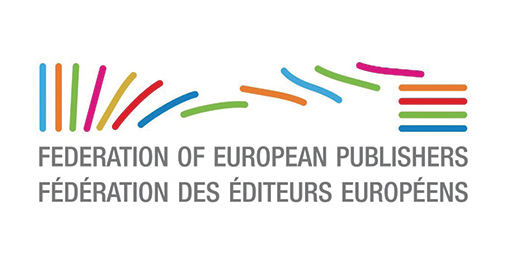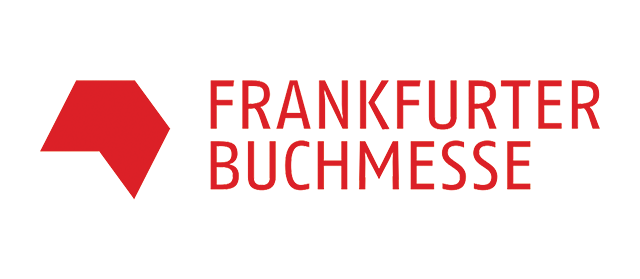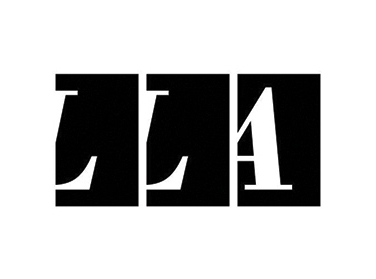The Federation of European Publishers (FEP) represents 29 national associations of publishers from the European Union and the European Economic Area Member States. The present survey is based onreports from the national book publishing associations, and on further analysis and refining of data, for the year 2021. As of 2019, the survey is based on a new questionnaire, which in the short term will entail limited comparability with some older data and a greater degree of uncertainty regarding some of thefigures, but that in the long term will ensure the information is both clearer and more relevant.
Figures on the overall economic significance of the publishing industry refer to net publishers’ turnover, i.e. the publishers’ total revenues from the sales of books, not the total market for books (margin of booksellers or other retailers). They also do not account for revenues in terms of selling rights for translation, audiovisual adaptation, etc. In some cases, only data on market value was available; in such cases, average discount rates were applied to calculate an approximation of net turnover. Figures were roundedconservatively.
The total annual sales revenue of book publishers of the EU and the EEA in 2021 was approximately € 23.6 billion, according to the survey conducted by FEP. This represents a significant increase from 2020 (22.2), marking a strong rebound – albeit uneven across countries and sectors – after the Covid- 19 pandemic. The largest markets in terms of publishers’ turnover were Germany, the UK, France, Spain andItaly. Total market value is estimated at 36-38 billion €.
A total of about 575,000 new titles were issued by publishers in 2021, a decrease compared to 2020,mostly due to the reduction of activity caused by the pandemic, and possibly to an attempt at rationalisingtitle production. The figure was taken from different sources, some of which included new editions or non-commercial titles, and was rounded conservatively. European publishers held about 13.4 million differenttitles in stock (some 3 million in digital format), the countries reporting the largest availability being the UK, Germany, Italy, France and Spain; this figure has been spiked by the surge in digital publishing (in different formats), the digitisation of back catalogues, the growth of print-on-demand services and the surge in self-published titles, as well as other phenomena. The countries reporting the largest new titles output were theUK, Germany, Spain, Italy and France.
Employment remains an area where it is difficult to gather reliable data. The entire book value chain(including authors, booksellers, printers, designers, etc.) is estimated to employ more than half a millionpeople.
Looking at longer term trends, up to 2007 there was steady growth both in revenues and titles. The 2008 economic crisis had less of an impact on publishing when compared to most other sectors, but revenues still mostly decreased or stagnated until 2014. After 2010, the ebook market grew fast and exports performed well, becoming even stronger from 2015 to 2017. If 2018 marked a trend reversal in the recovery process started in 2015, 2019 confirmed the positive trend. 2020, the year for the pandemic,saw first a very negative impact of the health crisis, but closed with a result only moderately negative, albeit this was the result of many different situations, related to geography, formats, channels and type of operators. The ebook market (now around 12% of the total) showed signs of stagnation for the 5 years before Covid (but it could be a matter of capturing the right data), whereas audio book sales exploded in 2019, giving new impetus to digital sales. The pandemic also pushed digital sales up. 2021, whilewitnessing an impressive – though uneven – recovery, was also the year in which a paper crisis beganthat will have an impact on the sector for the years to come.
More data available on FEP website

















